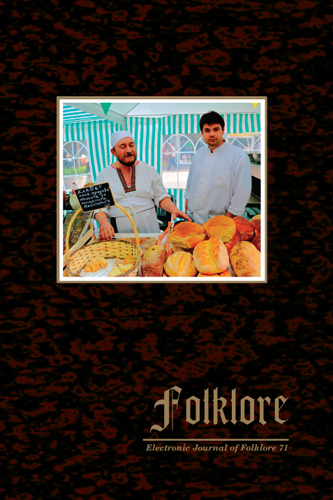The Spiritual Significance of Komburongo in the Folk Beliefs of the Dusunic Peoples of North Borneo
The Spiritual Significance of Komburongo in the Folk Beliefs of the Dusunic Peoples of North Borneo
Author(s): Low Kok On, Solehah IshakSubject(s): Customs / Folklore, Cultural Anthropology / Ethnology, Culture and social structure
Published by: Eesti Kirjandusmuuseum
Keywords: benevolent spirits; Dusunic peoples; evil spirits; folk beliefs; komburongo; ritual ceremonies; traditional and spiritual healings;
Summary/Abstract: Early Western ethnographers who conducted field research in North Borneo (Sabah, Malaysia) in the late nineteenth century were attracted to the komburongo (Acorus calamus or sweet flag) because of the spiritual role it played in the folk beliefs of the Dusunic speaking peoples. Although there have been brief discussions on the komburongo, in-depth studies are still lacking. This article is based on the data collected and conclusions made by interviewing informants as well as the material obtained from direct field observations. The primary aim is to focus on the various spiritual functions and roles played by the komburongo in the lives of the Dusunic peoples then and now. This study finds that the komburongo fulfils several important roles, both in their ritual ceremonies and spiritual healings. The komburongo is believed to be a form of a benevolent spirit which functions as the spiritual helper in various rituals. Its rhizomes are used as a ritual instrument, also called the komburongo, which serves as the medium connecting the ritual practitioner to the invisible spirits from the nether world. Komburongo leaves are also used as amulets to protect the users from evil spirits. These myriad beliefs in the komburongo have been rooted and embedded in the Dusuns’ ancestral traditions and practices since time immemorial. Nevertheless, these beliefs have become less dominant ever since the Dusunic ethnic groups became Christians or Muslims.
Journal: Folklore: Electronic Journal of Folklore
- Issue Year: 2018
- Issue No: 71
- Page Range: 179-206
- Page Count: 28
- Language: English

